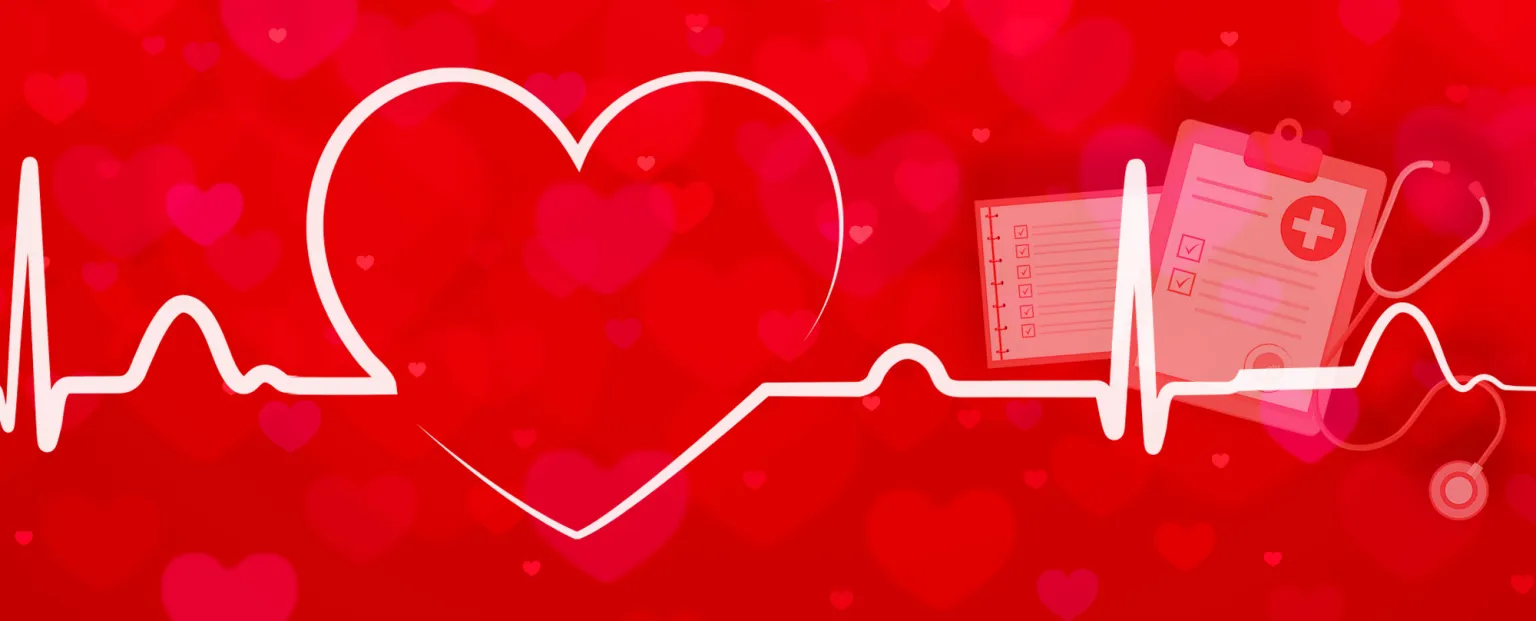Posted on by Patti Brennan
This week in the United States, along with many other countries around the world, we celebrate Valentine’s Day. Valentine’s Day celebrations have varied over the centuries, and many of us, myself included, send greetings to those we love — spouses, children, and dear friends — to strengthen the bond of affection. Valentine’s Day was first marked as a romantic celebration during the reign of Emperor Claudius II around AD 270, when St. Valentine labored to heal the hearts and bodies of those imprisoned by the emperor. His kindnesses not only provided a sense of being loved and supported, but also, according to some legends, even brought at least one person back from the dead. So, for more than two millennia, people have linked the ideas of affection and healthy hearts.
However, if you scan even a few of the more than 33 million citations in NLM’s PubMed biomedical literature database, you’ll find that we now know that it takes more than affection to make a heart healthy and, in turn, a healthy heart powers one to build affectionate bonds with others!
Medicine and healthy lifestyles go together to make healthy hearts! We’ve got research showing how lifestyle modifications can help prevent AND treat heart failure and how medications, in addition to lifestyle behaviors including regular physical activity, can help with the management of high blood pressure. There’s also research proposing an explanation of why loneliness disrupts metabolic pathways that contribute to cardiovascular disease (conditions affecting the heart or blood vessels), and how social relationships can influence the risk of death.

Yet, even though we know so much about how to keep our hearts healthy, heart disease is the leading cause of death in the United States, causing one in four deaths each year. Despite significant progress in reducing deaths from heart disease, which have been declining since 1950, this progress appears to have stalled in some parts of the country.
Why, if we know what to do, do we not take steps that are effective in improving heart health?
Well, looking back through our PubMed holdings, you can find many explanations for why health behavior changes have not occurred, and what might be done to alter this course. I am encouraged by the re-examination of theories of behavior change with a call to take into account the social, cultural, and economic factors that influence behavior. This perspective matches well the work of one of my NIH colleagues, Shannon N. Zenk, PhD, MPH, RN, FAAN. Dr. Zenk is the Director of the National Institute of Nursing Research and established a program for research examining how neighborhoods, food choice options, and socioeconomic status contributes to health outcomes. The right combination of personal action and communities designed to help people adopt healthy lifestyle behaviors may be just what we need to complement the effective use of medications. There’s hope for those healthy hearts!!
So, this year, as you connect to the hearts you love, make sure you connect to the heart most important to you – your own! Small acts of self-care, like taking walks, getting quality sleep, and making healthy meals, help your heart. And don’t forget to nurture the relationships with those you love – you’ll improve your chances to love longer!
Original Article – https://nlmdirector.nlm.nih.gov/2022/02/16/happy-heart-health-month-valentine/





